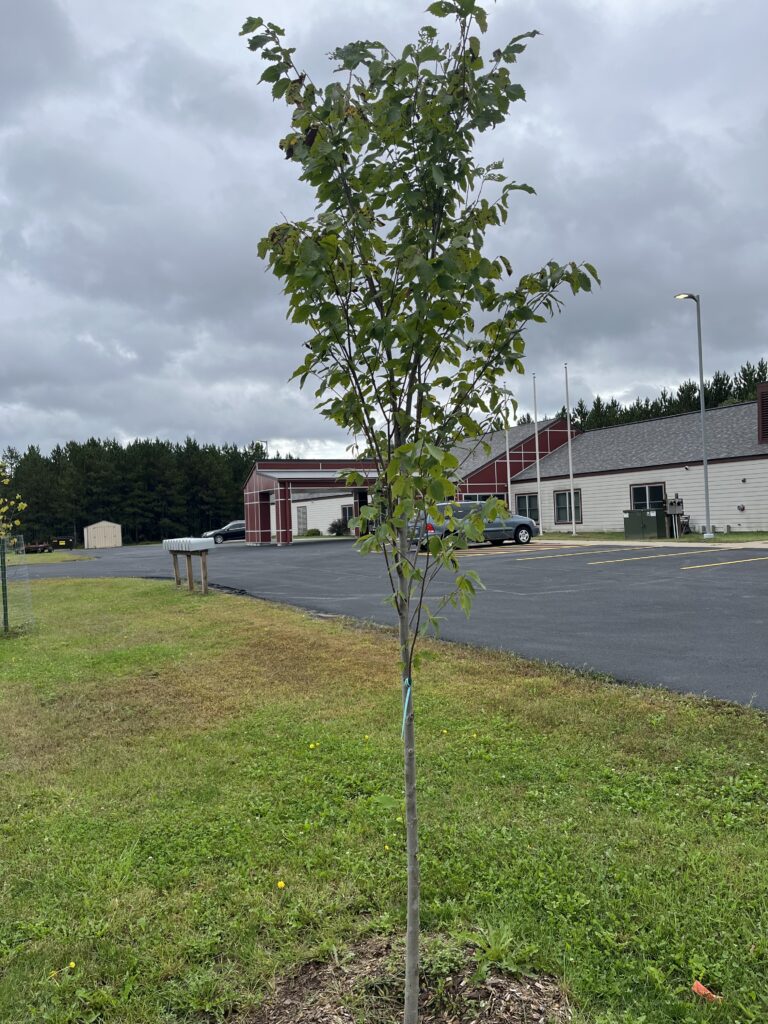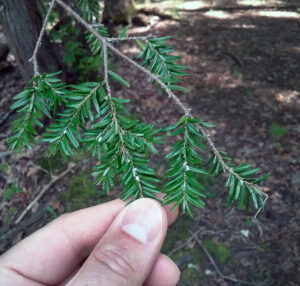
Small, white hemlock woolly adelgid eggs are found on the needles of a tree in Bastian, Virginia, in 2017. / Photo Credit: Bill McNee, Wisconsin DNR
By Mike Hillstrom, Forest Invasive Pest Coordinator, Fitchburg
Michael.Hilstrom@wisconsin.gov or 608-513-7690
Hemlock woolly adelgid (HWA) looms as a major threat to Wisconsin’s hemlock trees. As the infestation of these invasive, aphid-like insects spreads in Michigan and other states in the eastern United States, Wisconsin is preparing to respond when it arrives.
HWA is most evident in winter and spring as fluffy, white, woolly balls that are present at the base of hemlock needles. These fluffy, waxy balls cover adult female adelgids and eggs.
Continue reading “Report Invasive Hemlock Insects This Winter”

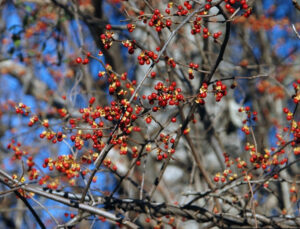
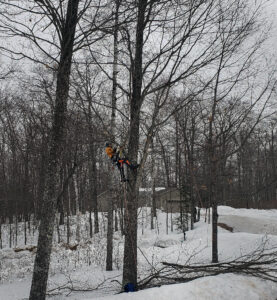
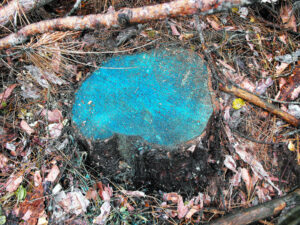
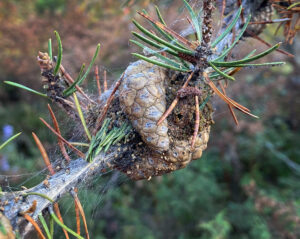
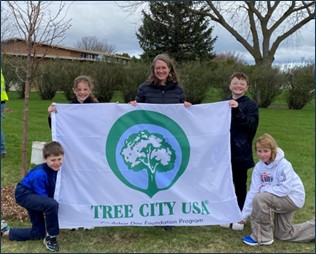 The online portal for Tree City USA (TCUSA) is
The online portal for Tree City USA (TCUSA) is 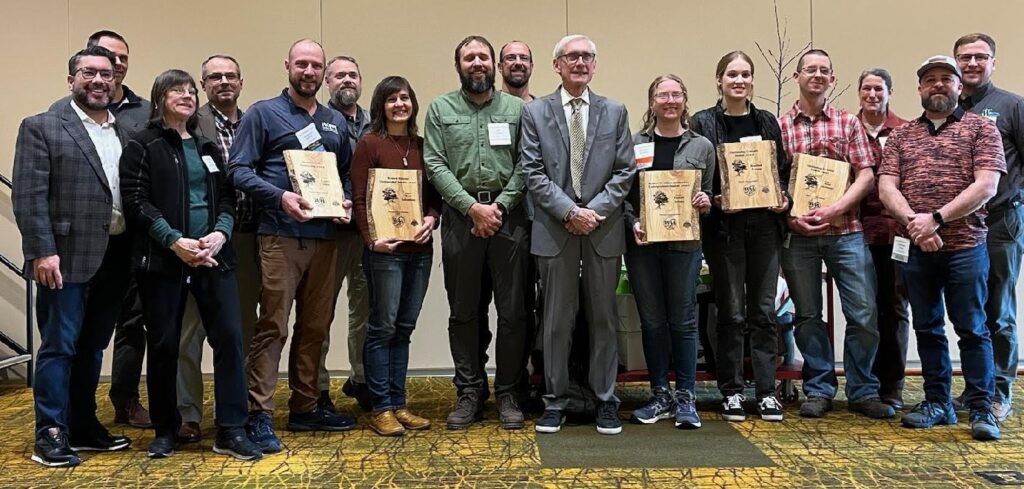 Do you know of a person or organization that is making a difference in community forestry? Maybe it is a volunteer who spends their free time planting trees in the community or an organization that is committed to increasing tree diversity or a municipal employee who has dedicated their career to transforming a city’s urban forestry program. If so, please complete this short
Do you know of a person or organization that is making a difference in community forestry? Maybe it is a volunteer who spends their free time planting trees in the community or an organization that is committed to increasing tree diversity or a municipal employee who has dedicated their career to transforming a city’s urban forestry program. If so, please complete this short 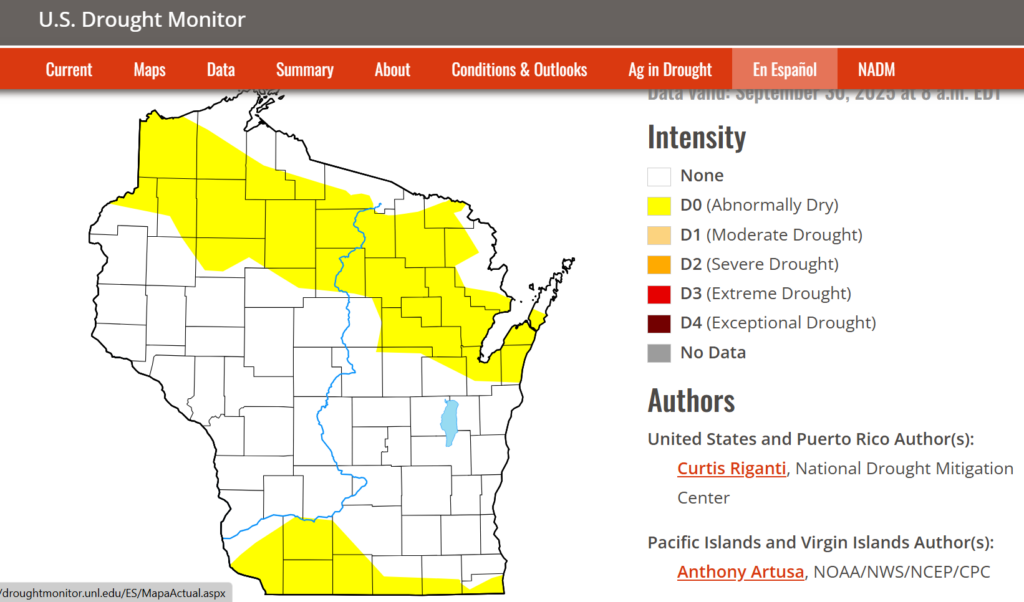
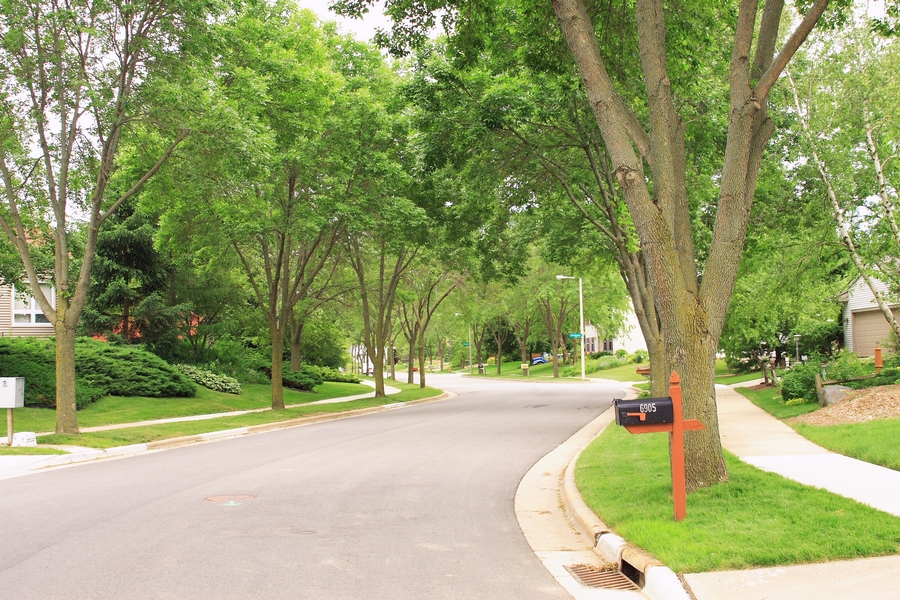 Are you responsible for tree care in your community? If so, please complete this
Are you responsible for tree care in your community? If so, please complete this 